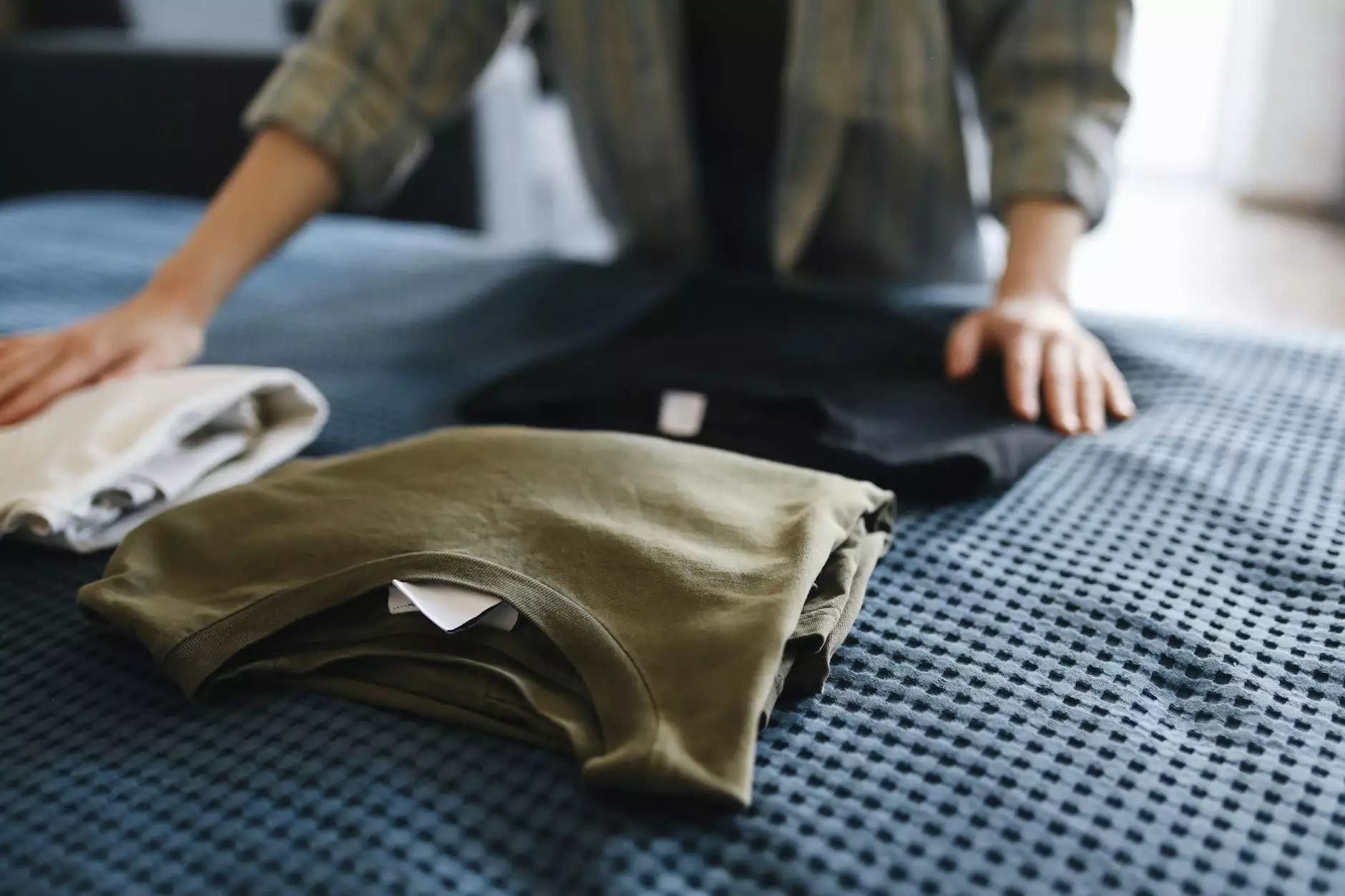Understanding Material Jetting in 3D Printing: A Comprehensive Guide

Material jetting is an advanced 3D printing technology that has gained significant traction in various industries due to its versatility and high-quality output. As businesses continue to seek innovative solutions to improve their manufacturing processes, material jetting emerges as a leading contender, providing unparalleled precision and flexibility.
What is Material Jetting?
The term material jetting refers to a process in additive manufacturing where droplets of material are ejected through print heads and subsequently cured, typically using UV light. This method enables the creation of complex geometries with high detail and fine feature resolution. Material jetting operates similarly to inkjet printing, but instead of ink, it utilizes photopolymer resins or other materials.
Key Features of Material Jetting
There are several noteworthy characteristics that distinguish material jetting from other 3D printing technologies:
- High Resolution: Material jetting is capable of producing parts with intricate details, making it ideal for applications that require precision.
- Multi-Material Capabilities: This technology can produce multi-material parts, allowing for the combination of different materials with varying properties within a single print.
- Excellent Surface Finish: The layered process of material jetting results in smooth surface finishes, reducing the need for post-processing.
- Color Printing: With material jetting, it is possible to print in full color, which is advantageous for prototypes and models.
- Support Material Usage: Material jetting can seamlessly integrate support materials, which can be easily removed after printing, facilitating complex structures.
The Advantages of Material Jetting
Businesses that choose material jetting for their 3D printing needs can benefit from a wide range of advantages.
1. Speed and Efficiency
Material jetting technologies are designed to maximize speed without compromising quality. The capability to print multiple materials in a single run enables faster prototyping and production, which is crucial in today's fast-paced market.
2. Versatile Applications
This technology finds applications across a plethora of industries, including:
- Aerospace: For rapid prototyping of engine components and other parts that require high strength-to-weight ratios.
- Healthcare: Creating custom prosthetics and dental models that are tailored to individual patient needs.
- Automotive: For developing prototypes and tooling to optimize design processes.
- Consumer Products: Enabling brands to visualize and test design concepts before full-scale production.
3. Cost-Effectiveness
While the initial investment in material jetting machines can be significant, the long-term savings on labor, materials, and production time can justify the costs. This method reduces waste and increases overall operational efficiency, making it a smart investment for businesses aiming to streamline their manufacturing processes.
Applications of Material Jetting
Material jetting is not just a technological marvel; it's a practical solution across various sectors. Here are some compelling applications of this innovative process:
Prototyping and Product Development
Material jetting excels in rapid prototyping. Designers and engineers can create realistic models and prototypes that closely mimic the final product both in form and function. This capability allows businesses to test designs quickly and accurately without the extended lead times traditionally associated with manufacturing.
Custom Medical Devices
The healthcare industry has seen transformative benefits from material jetting. By producing custom implants, prosthetics, and anatomical models, medical professionals can enhance patient outcomes through personalized treatment plans.
Complex Geometries
The ability to create complex geometries is a game changer. Industries such as aerospace and automotive utilize material jetting to produce lightweight, intricate parts that meet stringent performance requirements.
Educational Tools and Models
In educational settings, material jetting can produce detailed models for teaching various subjects, from biology to engineering. These tools enhance understanding through tangible representations of complex ideas.
Challenges and Considerations of Material Jetting
While the benefits of material jetting are significant, it’s essential to consider a few challenges that may arise:
Material Limitations
Although material jetting provides versatility, the range of materials compatible with this technology is more limited compared to other methods, such as FDM or SLS. Businesses should carefully evaluate material options to ensure they meet their specific requirements.
Machine Cost and Maintenance
The upfront costs associated with acquiring material jetting equipment can be high. Additionally, the machines often require routine maintenance and calibration, which could lead to increased operational costs.
Post-Processing Needs
Even though material jetting produces high-quality prints, some applications may require post-processing, such as sanding or polishing, to achieve the desired finish. It’s essential for businesses to factor in these additional steps during project planning.
The Future of Material Jetting
The future looks promising for material jetting as advancements in technology continue to evolve. Companies like Infotron are at the forefront, pioneering developments that enhance the technology's capabilities:
- Innovative Material Development: Research is ongoing to develop new materials that can withstand various environmental and mechanical stresses.
- Enhanced Speed and Efficiency: Continuous improvements in printer technology are anticipated to reduce production times dramatically.
- Integration with AI: Implementing AI algorithms could optimize the printing process by predicting and correcting potential errors, further enhancing quality and reducing waste.
Conclusion
In conclusion, material jetting is not just another 3D printing technology; it represents a significant evolution in manufacturing and design processes. Businesses investing in this technology can expect to see improved quality, efficiency, and creativity in their projects. As more industries adopt material jetting, it is poised to redefine production standards and set new benchmarks for innovation in manufacturing.
Why Choose Infotron for Material Jetting Solutions?
Infotron stands out as a leader in the field of 3D printing, specifically in implementing material jetting solutions that cater to a wide variety of industries. With a commitment to quality and innovation, Infotron offers:
- Expert Guidance: A knowledgeable team dedicated to assisting businesses in selecting the right materials and technologies to meet their unique needs.
- State-of-the-Art Equipment: Utilizing the latest advancements in material jetting technology to provide superior print quality and efficiency.
- Comprehensive Support: From design to production, Infotron ensures clients receive ongoing support throughout their project journey.
The potential of material jetting in 3D printing is immense, and at Infotron, we’re excited to help businesses unlock that potential. Join us in revolutionizing the way companies approach manufacturing and product development through cutting-edge technology.









